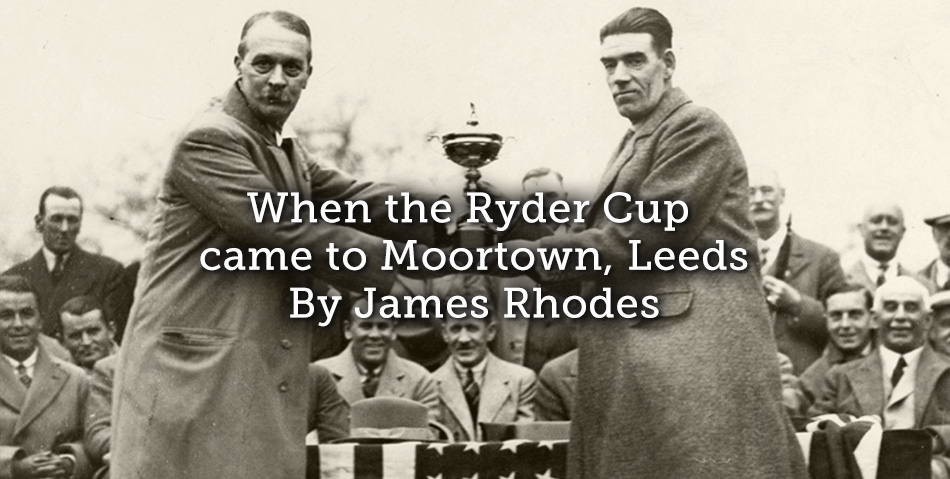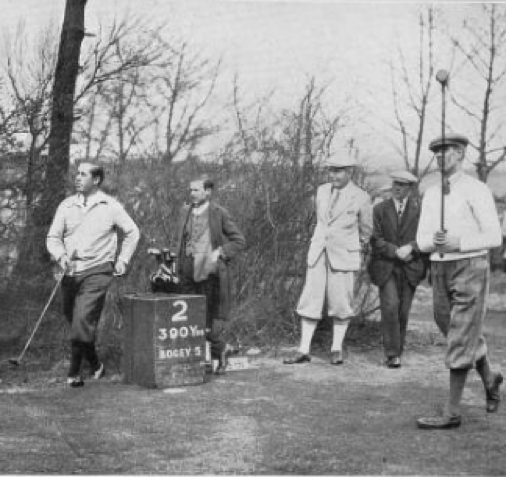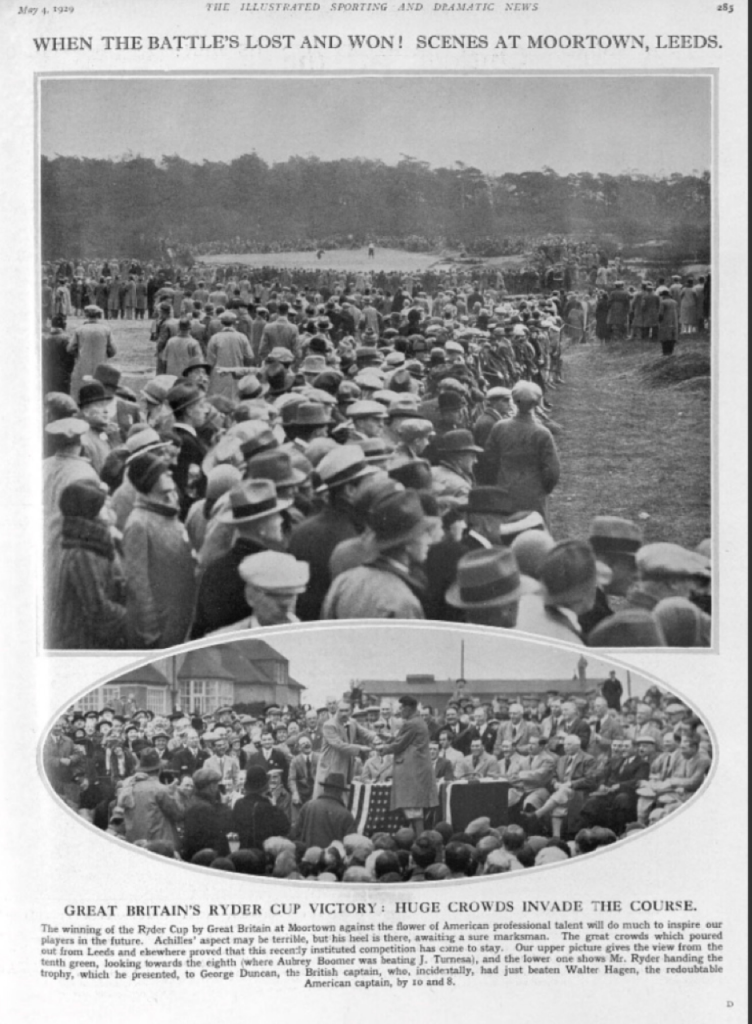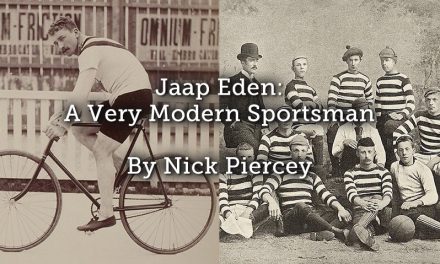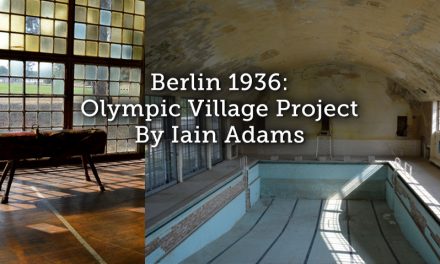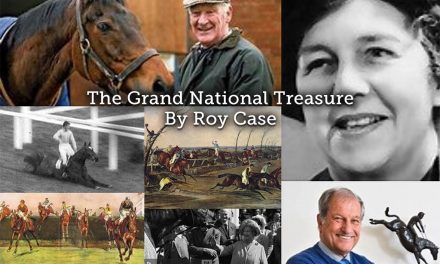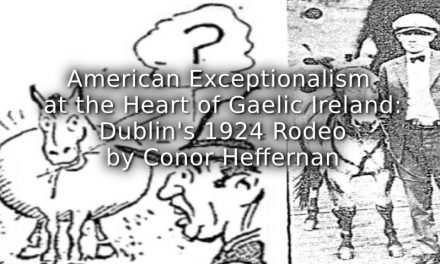The first official Ryder Cup match to be held on British soil took place on 26 and 27 April 1929 at Moortown Golf Club, Leeds. The American team had won the inaugural event two years earlier at Worcester Country Club, Massachusetts and were heavily fancied to defend the trophy in Leeds.
The US captain was Walter Hagen, the most successful golfer of the first half of the twentieth century. During his career, Hagen won 11 major tournaments, a tally which only Jack Nicklaus (18) and Tiger Woods (14) have bettered. Also on the American team was Gene Sarazen, who later invented the sand wedge and became the first player to win all four major tournaments.
The home side were captained by Scottish veteran George Duncan and contained a young Henry Cotton who would go on to become the leading British player of his generation and be knighted for his services to the game. The British team also included 32-year old Yorkshireman Percy Alliss, father of veteran golf commentator Peter Alliss who was born two years later. Alliss was, however, left on the sidelines and not selected to play on either day in 1929.
- The Captains fight it out – Duncan & Hagen at the 2nd
Practice for the event was hampered by the Yorkshire weather: hail and, at times, snow, which lay on the fairways. On the first day of the event itself, the snow abated but there was still a “chilly blast which cut to the very marrow” and afternoon showers “added to the dismal state of affairs” (according to the Courier and Advertiser newspaper).
Before the match got underway, there was some controversy over American players’ proposed use of steel-shafted clubs, which would not be made legal until the following year. Duncan objected to their use in the event.
Despite the unaccustomed weather conditions, the US team took a 2½ – 1½ lead after the first day’s foursomes, contested over 36 holes. The British pairing of Abe Mitchell and Fred Robson took the home team’s solitary victory, beating Sarazen and Ed Dudley 2&1.
On the second and final day’s singles matches, the British needed a strong start to haul back the deficit. Charles Whitcombe and George Duncan obliged with comfortable victories over Johnny Farrell (8&6) and the mighty Hagen (10&8) respectively before the Americans hit back to level the match with Leo Diegel beating Mitchell 9&8.
Archie Compston and Aubrey Boomer gave the British a two-point advantage by beating Sarazen (6&4) and Joe Turnesa (4&3). Britain now only needed one point from the remaining three matches to take the trophy but were made to wait when Horton Smith defeated Robson (4&2).
It was left to young Cotton to seal a famous victory on the 15th green where he completed a 4&3 win over Al Watrous. In the final, dead pairing, Ernest Whitcombe and Al Espinosa halved on the final green, with the American having won the last two holes, for a final margin of victory of 7-5.
By that stage, however, the crowd, which at the time was the largest ever at a golf event in Britain, had already begun its celebrations.
At a dinner at Moortown Golf Club later that evening, Samuel Ryder himself presented George Duncan with the eponymous cup and Hagen made a gracious speech in which he acknowledged that the better team had won, saying “the British players stuck it all through in a way I have never seen them stick it before. They were grand.”
Hagen had the consolation of winning The Open two weeks later and all the US team returned to Moortown on 14 to 18 May for the Yorkshire Evening News Tournament, which was won by Joe Turnesa.
The Americans regained the trophy two years later with a comprehensive 9-3 victory in Ohio.
Article © James Rhodes
Newspaper extracts courtesy of British Newspaper Archive.

